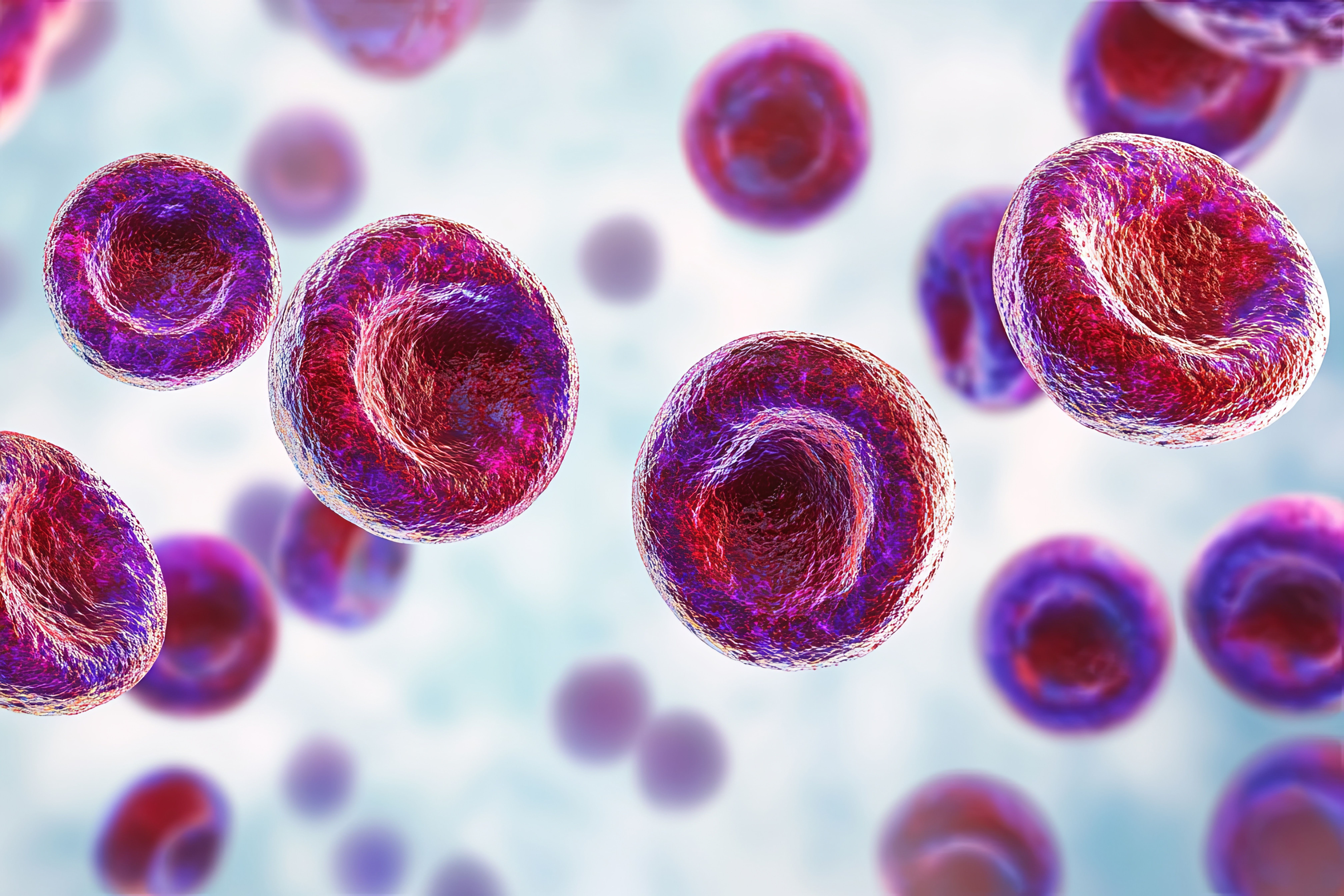News
Article
HMA Therapy Translates to More Time at Home for Patients With AML
Author(s):
People receiving hypomethylating agent (HMA) therapy spent 33 more days at home than people receiving anthracycline-based therapy in the first year after diagnosis.
Patients with acute myeloid leukemia (AML) who prioritize time spent at home may want to opt for treatment with hypomethylating agents (HMAs), even though the therapy could mean a shorter overall survival, according to a new study.
The report, which was published in JAMA Oncology, offers unique insights into the question of how different therapies affect older patients’ ability to stay out of the hospital or nursing facilities.
For their analysis, the study authors utilized SEER-Medicare data for 2004 through 2016 and stratified patients by therapy type | Image Credit: ryanking999-stock.adobe.com

Older patients with AML face a particularly poor prognosis, explained the study authors. Many patients over the age of 65 die within a year of diagnosis, they noted, and in that situation patients often report that spending time at home at the end of their lives is an important factor in their medical decision-making.1
Treatment options for such patients range from highly aggressive curative attempts to therapy simply designed to maintain quality of life, the investigators explained.
“Potential chemotherapy options include anthracycline-based high-intensity regimens with curative intent—necessitating a lengthy initial hospitalization of 4 to 6 weeks followed by subsequent shorter hospitalizations for chemotherapy—to noncurative treatments with hypomethylating agents aimed at controlling the disease while maintaining quality of life,” the authors wrote.
They said large administrative databases now have sufficient data to better understand the amount of time associated with different AML therapies. However, they said there had yet to be a sufficient study directly comparing home time for people with AML who receive anthracycline-based therapies and those receiving HMAs.
To make such a comparison, the authors turned to the Surveillance, Epidemiology, and End Results (SEER)-Medicare database, pulling data from 2004 through 2016. They identified 7946 patients who met inclusion criteria, and then stratified them based on therapy type. A total of 2824 patients received anthracyclines (35.5%), 2542 patients received HMAs (32.0%), and 2580 were listed as receiving chemotherapy not otherwise specified (32.5%).
The data showed that patients receiving anthracyclines had a significantly longer median survival compared with patients receiving HMAs (11.0 vs 8.0 months). Yet, patients receiving HMAs spend 60.8% of their time at home, while those given anthracyclines spend only about half of their days (51.9%) at home. This means people receiving HMAs spent 33 more days at home in the first year after diagnosis than people given anthracyclines, even though the latter cohort had a longer overall survival.
“This is due to the inpatient nature of chemotherapy delivered for patients receiving higher-intensity therapy over the first 6 months of treatment. The home-time deficit incurred with anthracyclines was not fully recovered despite these patients living longer than those receiving hypomethylating agents,” they wrote.
The findings are particularly meaningful given that the study population is people with hematologic cancer. A 2019 study found people with hematologic cancers spent significantly fewer days at home in the last 6 months of life compared with the general population of people with terminal cancer.2
For clinicians, the investigators said the data show the importance of educating patients about the trade-offs associated with their treatment options.
“Previous studies have shown that adults with AML consider avoiding hospitalization as a critical factor influencing chemotherapy decisions, though preferences for maximizing home time compared with other outcomes varies widely,” they said. “It is therefore critical for oncologists to discuss patient preferences to arrive at an appropriate treatment decision that aligns with what is most important to the patient.”
References
1. Richardson DR, Zhou X, Reeder-Hayes K, et al. Home Time Among Older Adults With Acute Myeloid Leukemia Following Chemotherapy. JAMA Oncol. Published online June 13, 2024. doi:10.1001/jamaoncol.2024.1823
2. Andersen SK, Croxford R, Earle CC, Singh S, Cheung MC. Days at Home in the Last 6 Months of Life: A Patient-Determined Quality Indicator for Cancer Care. J Oncol Pract. 2019;15(4):e308-e315. doi:10.1200/JOP.18.00338





